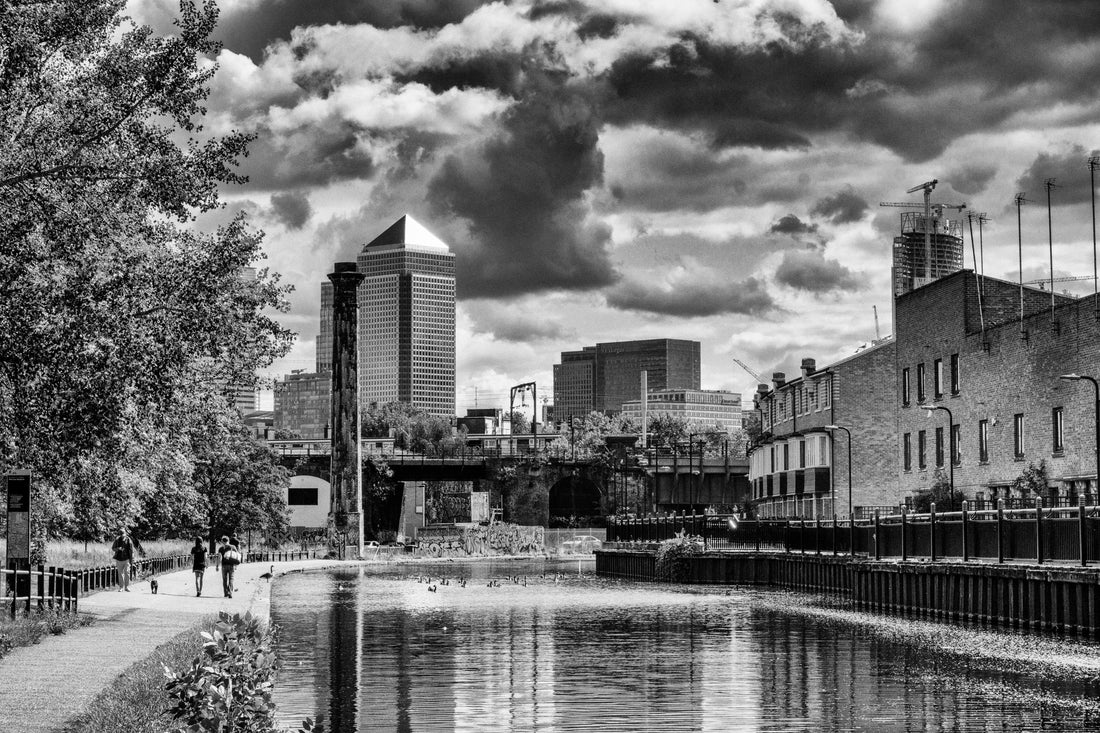
You Can Walk Somewhere Different In London
Share
Or - Why you should visit the Regent’s Canal

Little Venice, Regent’s Canal, London
Running from the area known as Little Venice through to the River Thames digging the Regent’s Canal started in October 1812 and had opened as far as Camden Town by 1816. The canal was finally opened to its full length of 8.6 miles (13.8 km) in 1820, when it reached the Thames at Regent’s Canal Dock, now known as Limehouse Basin.
Named after the Prince Regent, who later became King George IV the canal has 13 locks, goes under 64 bridges and through three tunnels. Only one, Eyres Tunnel (very short) is accessible on foot.
The canal was built to link the industrial Midlands around the Birmingham area not only with London itself but also with trade to the rest of the world via London’s docks. At that time London was one of the busiest ports in the world. The Regent’s Canal was in fact really an extension of the Grand Union Canal from Birmingham to London.

Crystal Wharf, Regent’s Canal, London
Once lined with warehouses, wharves and all that goes with international trade, the canal now provides a great recreational resource for those who live nearby as well as a handy route for cables under the towpath. Great use is made of the facilities with housing and office space within converted warehouses or reused land. If you want to see a different view of London it makes an interesting route to walk along the towpath, free from motorised traffic. As in any big city though be careful where you go and when.

Docklands from the Regent’s Canal